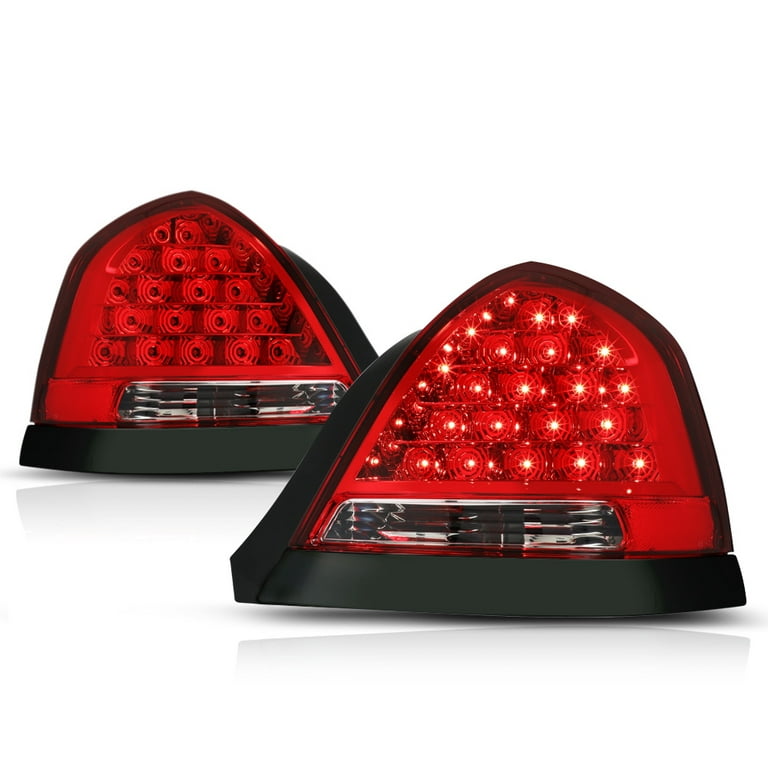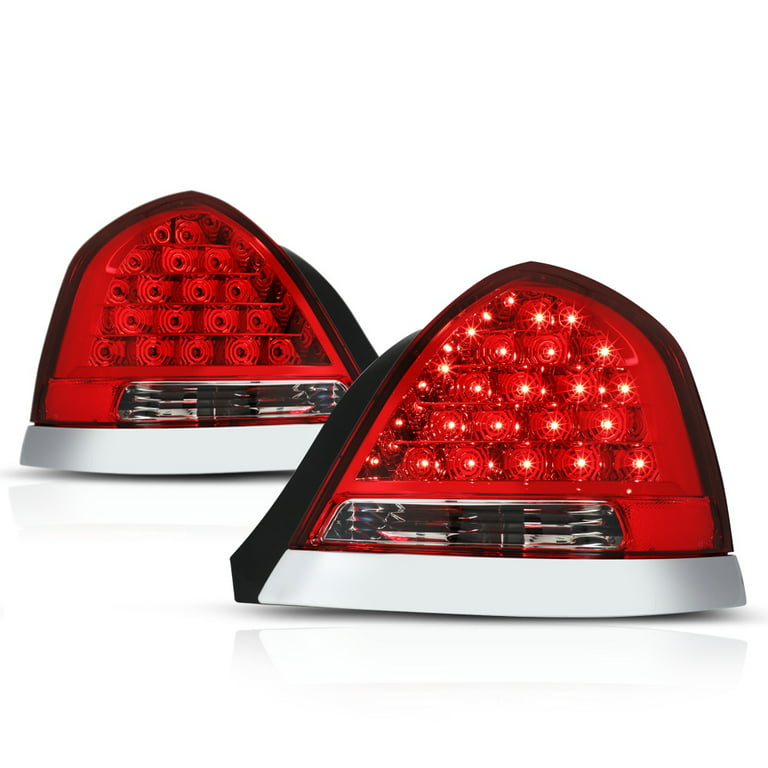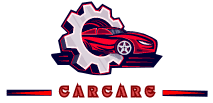Exterior trim on a car refers to the decorative and functional components attached to the vehicle’s body. These parts can include door handles, moldings, grilles, and window trims.
Exterior car trim serves both aesthetic and protective purposes, enhancing the overall appearance and sometimes guarding against scratches and minor impacts. Modern cars feature trim made from various
materials such as chrome, plastic, aluminum, or carbon fiber, offering a range of styles to complement the bodywork.
The trim level also signifies the model variance, with higher-end vehicles often sporting more distinctive and premium trim details. Maintaining the exterior trim is essential for preserving a car’s look and resale value, making it a critical aspect of vehicle care. Whether seeking to upgrade a car’s appearance or replace worn-out elements, the trim selections available can provide a significant transformation to a vehicle’s external presentation.
Exploring The Purpose Of Exterior Trim
Car exterior trim serves more than one might think. It wraps your car in style and protects it too. Let’s unpeel the layers and explore how trim works hard to keep our vehicles sleek and safe on the road.
Functional Benefits
Car trim is like a shield. It’s tough against damage. It keeps away moisture, dust, and road bits that can harm the car’s body. Here’s how trim helps:
- Protects paint against chips and scratches.
- Seals the gaps between panels to block water.
- Guides water away to stop rust from forming.
- Improves airflow for better driving.
Aesthetic Appeal
Car trim makes a first impression. It’s a style statement. Trim can come in chrome, black, or color-matched. These are ways it boosts a car’s look:
- Accentuates the car’s lines and curves.
- Highlights elegant design features.
- Offers a personalized touch to stand out.
- Updates an older model’s exterior vibe.
Types Of Exterior Trim For Different Vehicles
Exterior trim on a car serves both functional and aesthetic purposes. It not only protects the vehicle’s body from damage but also enhances its overall appearance. Different types of exterior trim cater to various vehicle styles and customer preferences. Let’s explore the common types that add distinct character to every ride.
Chrome Accents
Chrome accents are shiny, metallic embellishments that add a touch of elegance to any vehicle. Often found on higher-end models, these trims catch the sunlight and give cars a luxurious feel. Here’s where chrome typically shines:
- Grilles: A chrome grille makes the front end stand out.
- Door handles: Small yet impactful, they add sophistication.
- Window trim: This outlines windows for a sleek finish.
Body Side Moldings
Body side moldings are practical trim pieces that protect a car’s paint. They can prevent door dings and scratches. These moldings vary in style and width:
| Material | Function | Placement |
|---|---|---|
| Rubber | Impact absorption | Lower sides |
| Plastic | Scratch resistance | Doors |
| Color-matched | Aesthetic appeal | Around wheel wells |
Spoilers And Skirts
Spoilers and skirts not only look cool but also improve aerodynamics. Designed for performance vehicles, they can also be added to give a sporty look to any ride:
- Spoilers: Mounted on the trunk lid, they reduce drag.
- Side skirts: These run along the lower side edges of the car, streamlining airflow.
- Front and rear air dams: They balance airflow above and beneath the vehicle.
Each trim type serves a unique purpose, from adding flair with chrome to protecting against everyday wear with moldings or boosting performance with aerodynamic pieces. The right exterior trim turns a vehicle from ordinary to extraordinary.
Materials Used In Car Trim Manufacturing
Materials Used in Car Trim Manufacturing not only dictate the appearance and style of your vehicle but also contribute to its durability and overall value. Car trims accentuate the body lines and protect against minor scrapes while offering a sleek finish to the vehicle. Diverse materials offer different benefits, such as increased longevity, enhanced elegance, or reduced weight.
Stainless Steel And Chrome
Stainless steel and chrome stand out as popular choices for car trims. These metallic options not only provide a classic shine but also offer resistance to rust and corrosion. Used in everything from sleek side panels to sturdy bumper accents, they give a timeless look to both modern and vintage cars.
- Durable under various weather conditions
- Provides a mirror-like finish for added style
- Elevates vehicle appearance with a high-end feel
Plastic And Rubber
Plastic and rubber trims are widely favored for their versatility and cost-effectiveness. These materials can be molded into complex shapes and are lighter than metal, which enhances fuel efficiency. They are commonly used in protective moldings, window seals, and flexible bumper parts.
- Affordable and easily replaceable
- Available in various colors and finishes
- Flexible to prevent breakage from minor impacts
Carbon Fiber Options
Carbon fiber, known for its lightweight and high-strength properties, is a luxury material in the automotive industry. It allows for better performance and fuel economy due to its reduced weight. You’ll find carbon fiber trims enhancing the exterior of high-performance and sportier models, lending an air of sophistication.
- Significantly lighter than metals yet strong
- Offers a unique and modern aesthetic
- Improves aerodynamics and vehicle efficiency

Credit: www.walmart.com
Customizing Your Car With Exterior Trim
Think of your car as a canvas and exterior trim as the paint. Customizing your car with exterior trim can really make your vehicle stand out. Exterior trim includes any of the decorative or functional pieces attached to the outside of your car. This can range from simple door handle covers to eye-catching chrome accents. Adding these touches can boost your car’s personality and aesthetic appeal.
Choosing The Right Trim
Finding the right exterior trim is the first step. Consider these points:
- Car Model: Make sure the trim fits your specific model.
- Style: Choose a design that reflects your personal style.
- Material: Options include plastic, chrome, or carbon fiber. Each offers a different look and durability.
- Color: Pick a color that complements your car’s paint job.
- Quality: Invest in good-quality trim that can withstand weather changes and resist fading.
Diy Installation Tips
Installing exterior trim yourself is a great weekend project. Use these tips:
- Clean: Begin with a clean surface for the trim to stick properly.
- Measure: Measure twice to ensure proper fitting.
- Align: Use tape to hold pieces in place before finalizing the position.
- Adhere: Follow the manufacturer’s instructions for adhesion for a lasting fit.
- Temperature: Install in moderate temperatures for best results.
Professional Fitting
If DIY seems daunting, professional fitting is the way to go. Here’s why:
- Expertise: Professionals ensure perfect alignment and secure fitting.
- Tools: They have the right tools for installation without damaging your car.
- Guarantee: Most services come with a guarantee, giving you peace of mind.
- Time-saving: It’s quicker than doing it yourself, saving you valuable time.
Maintenance And Upkeep Of Exterior Trim
The exterior trim of a car plays a big role in its overall look. It includes window surrounds, door edge guards, and bumper accents. Keeping this trim in good shape is key. Regular maintenance can keep a car looking new while protecting its value.
Cleaning Techniques
Clean trim keeps a car shiny and helps prevent damage. Use these steps for best results:
- Choose the right cleaner: Use a product designed for car trim.
- Soft brushes: Gently scrub with a brush to remove grime.
- Wipe down: Use a microfiber cloth for drying and polishing.
Preventing Wear And Tear
To avoid damage to the exterior trim, follow these tips:
- Park smart: Choose shaded spots to protect from UV rays.
- Sealants: Apply trim protectant products regularly.
- Routine checks: Look for cracks and address them early.
Repairing Damaged Trim
If your trim gets damaged, you can often fix it:
| Problem | Solution |
|---|---|
| Scratches | A special trim repair kit can help hide scratches. |
| Fading | Trim restorer products can bring back the original color. |
| Loose trim | Adhesive designed for car trim can reattach parts securely. |

Credit: www.walmart.com
The Impact Of Exterior Trim On Vehicle Resale Value
When selling a car, first impressions can seal a deal. The exterior trim on a car is a silent salesman. It can turn heads and command top dollar. Shiny trims and accents make a car stand out. They can imply luxury or sportiness. This can propel a car’s resale value skyward. It’s not just about appeal. It’s a statement of care and prestige.
Attracting Potential Buyers
Exterior trim’s role in attractiveness is unmatched. Well-kept trim grabs attention. It suggests a well-maintained vehicle. This adds significant allure to potential buyers. They see more than a car. They see a cherished possession. The trim levels, from basic to advanced, further impact their perceptions. The species of trims evoke different feelings:
- Chrome trims signal premium quality.
- Blackout trims offer a modern, stealthy look.
- Color-matched trims create seamless beauty.
Buyers prefer cars that don’t need extra work. Exterior trims polished to perfection mean one less concern.
Estimating Cost Vs. Return
Calculating freshen-up costs versus potential profit is crucial. Owners should consider:
| Refurbishing Cost | Expected Value Increase |
|---|---|
| Low | Minimal |
| Medium | Moderate |
| High | Significant |
Small investments can yield big returns. Simple refreshes, like a polish, can spike interest. Hefty investments might not always pay off. Sellers must weigh costs against actual value boosts.

Credit: m.facebook.com
Frequently Asked Questions On What Is Exterior Trim On A Car
What Are Exterior Trims?
Exterior trims are decorative features applied to a building’s outer surfaces, enhancing its architectural design. These include items like moldings, window casings, and shutters, often used to accentuate doors and windows and improve curb appeal.
What Is The Trim Of Your Car?
The trim of your car refers to the specific version of a model, defined by features, packages, and optional extras. It distinguishes various levels of equipment and capability within the same model.
What Are The Trim Parts Of A Vehicle?
Trim parts of a vehicle are the aesthetic and functional components that enhance its interior and exterior appeal. These include moldings, door handles, grilles, and dashboard accents.
What Is Automotive Interior And Exterior Trims?
Automotive interior trims include the vehicle’s dashboard, door panels, and seat materials. Exterior trims consist of body kits, moldings, and window trims that enhance a car’s aesthetics and aerodynamics.
Conclusion
Understanding the significance of exterior trim on a car enhances both aesthetics and protection. It’s essential for maintaining vehicle value and appeal. Remember, trim variations reflect personal taste and functionality. Choose wisely to make your ride distinctly yours while ensuring longevity.
Drive on with style and confidence, knowing every trim detail counts.
I am an Car technician and writer I write article based in USA. I have over 12 years of experience about car servicing car repairing. I will try to share all my experience through this website.
